Robots Add a Valuable Security Layer
Artificial intelligence has come to the security industry most visibly through the presence of robots. These mobile devices have evolved from bullet-shaped novelties into data collection devices, noting faces, license plates, and even smartphones as they move throughout cities, office buildings, shopping malls and casinos to supplement human security guards.
For decades, robotic devices have performed repetitive duties on assembly lines – doing so without breaks or vacations required by humans. Law enforcement has long used robots to explore situations considered too dangerous for a human. The ability of robots to handle significant, yet repetitive duties is a significant reason why they have become so valuable.
Today’s security robots are highly customizable. They may have multiple embedded cameras to provide live video of the areas they patrol. Microphones and speakers enable them to facilitate two-way conversations between employees, visitors, and the security team. Infrared and thermal cameras provide night vision and an ability to detect anomalies such as fires and water and gas leaks.
License plate recognition software enables robots to spot stolen vehicles in parking garages. Through the use of facial recognition software, the devices can detect people lacking clearance to enter a building and report it to the security operations center. They can even recognize and record the MAC and IP addresses of nearby smartphones, using the information as another way of keeping out unwanted people. And that’s just a few of the security-related abilities of robotic technology.
Every 20 milliseconds, a top-of-the-line robot uses multiple lasers to make 3D maps of its surrounding environment. A GPS sensor uses satellite data for directions, while an ultrasonic sensor keeps it from running into things. Another sensor, similar to the accelerometers in smartphones, keeps the robot from falling. Engineers are closing in on software to create more intelligent, predictive robots capable of interpreting events.
Robots are expensive, with one new unit priced over $60,000. However, some manufacturers provide robots on a Machine as a Service model that is half or less the hourly rate of a human security guard.
There’s debate within the industry about when, if ever, robots will fully replace humans. It’s unlikely to happen soon. Robots still lack the emotional intelligence to placate an agitated person, have great difficulty navigating stairwells, and are not designed to use force against an armed suspect. For now, they should be viewed as a valuable layer of security.
However, each new generation of robots brings us closer to the days of a futuristic Westworld, where it will be hard to tell who’s human and who’s not.
Contact us to learn more about the latest technologies that are making a difference in protecting people and assets in an enterprise setting.
Author
John Nemerofsky, Chief Operating Officer
SAGE Integration | Jnemerofsky@sageintegration.com |732-213-3314


